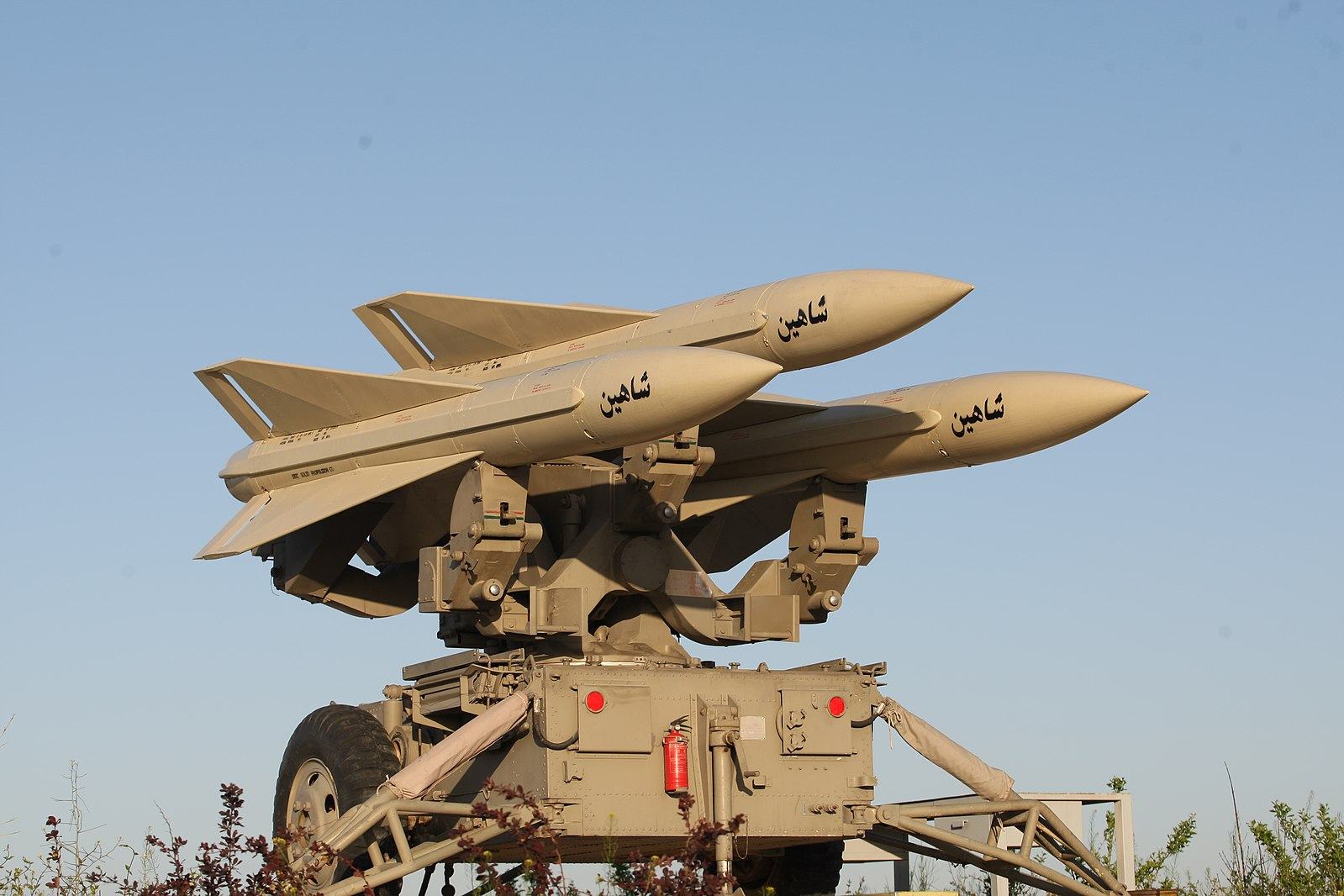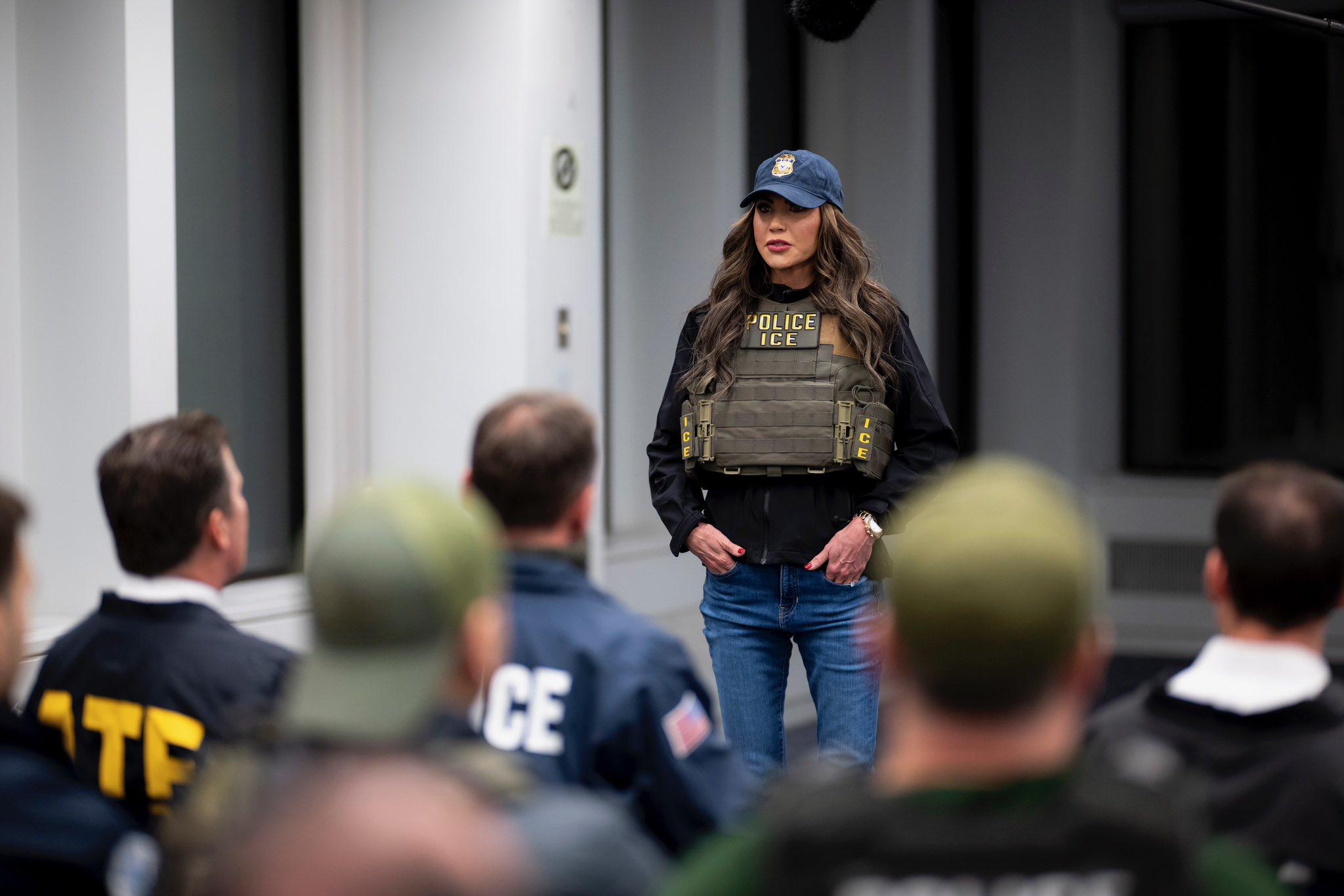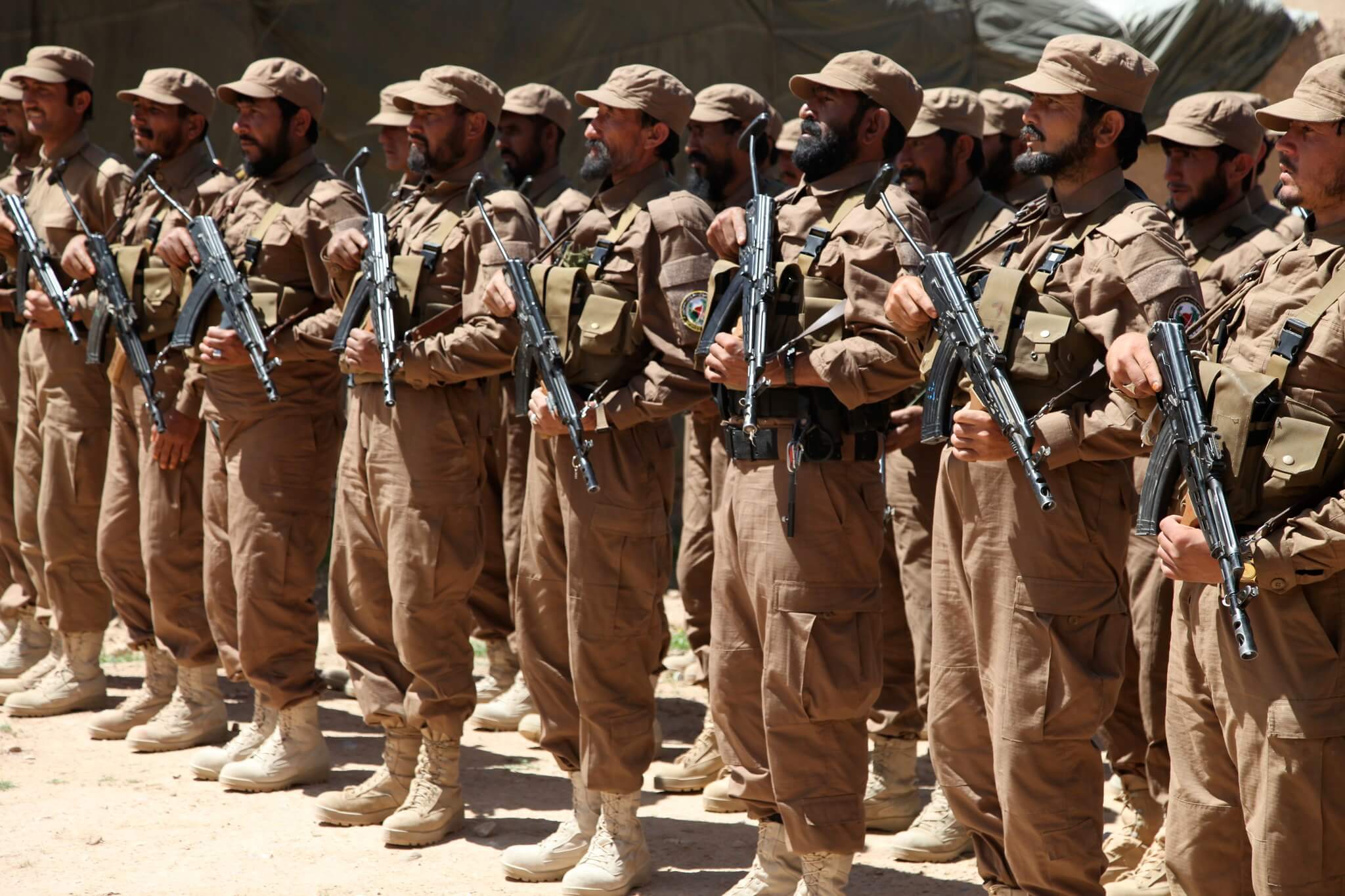Does Haniyeh’s Death Give Iran the Right to Attack Israel?

Published by The Lawfare Institute
in Cooperation With

Following the killing of Hamas leader Ismail Haniyeh on July 31 by an explosion in his Tehran guesthouse, Iran’s supreme leader and other senior regime officials have repeatedly threatened to strike Israel, believing them responsible for the attack. Alarmed by the possibility of further escalation, world leaders from the United States to Russia have urged Iran to moderate its response—with little success.
The danger of an increase in hostilities has raised questions about the role of international law in restraining, or permitting, such an attack. While Iran claims self-defense, precedent—and the UN Charter itself—casts significant doubt on the validity of such a justification.
The Fundamental Rule and Its Exception
Arguably the central rule of the UN Charter, Article 2(4) prohibits a state from threatening or using force against the territorial integrity or political independence of any other state. Notably, a state need not carry out the attack for it to be in violation of the charter—the threat itself could constitute a breach.
The significant exception to this provision is found in Article 51 of the UN Charter, which states that “nothing in the Charter shall impair the inherent right” of a state to self-defense if an armed attack occurs against it. Iran has invoked Article 51 to justify its threats following the death of Haniyeh: Iran’s ambassador to the UN, Amir Saeed Sirvani, claimed that “[t]he Islamic Republic of Iran will not hesitate to exercise its inherent right to self-defense, as enshrined in Article 51 of the United Nations Charter to respond decisively and promptly.”
However, this exception has several caveats. First, it requires that the attack be attributable. Second, the high threshold for an “armed attack” must be met. Third, the response must be necessary and proportional. And lastly, reprisals are prohibited. A claim that Iran is in an ongoing armed conflict against Israel has limited potential to circumvent these caveats.
Attribution of Responsibility
A state seeking to invoke Article 51 must first prove that the accused state is responsible for the attack. Ironically, this principle was established by the International Court of Justice (ICJ) when it upheld Iran’s claim against the U.S. in the Oil Platforms case (2003). The Iranians, alleging destruction of offshore oil complexes by the U.S. Navy, sought reparations from the United States. The Americans argued that the attacks were carried out in self-defense against previous Iranian assaults—laying sea mines that damaged U.S. ships and a missile strike that hit a U.S.-flagged tanker in Kuwait’s port, actions that the Iranians denied responsibility for. The court concluded that the burden of proof lay with the United States (the state claiming self-defense) in proving Iranian responsibility for the attacks and that it did not meet this burden.
In the Haniyeh case, it also does not appear that Iran sufficiently meets this burden. Israel has not claimed responsibility, and the Iranians themselves have been slow to release images from the scene, a guesthouse operated by Iran’s Islamic Revolutionary Guard Corps (IRGC). Indeed, they have changed their version of the story several times. First, Iran claimed that the attack was carried out “by a missile fired from beyond Iran’s borders.” Then, Iranian official sources alleged that an explosive device was covertly smuggled into the guesthouse two months before the explosion. Lastly (for now), the IRGC claimed in a statement, based on “investigations and research conducted,” that a short-range projectile with a 7 kilogram warhead killed Haniyeh. In short, the Iranians have yet to present any conclusive evidence that Israel is responsible for the incident.
Given these facts, it is difficult to imagine Iran meeting the burden of proof necessary to claim self-defense. However, even if Iran is able to prove such responsibility, it still encounters several problems with its argument, the first of which requires an examination of the definition of “armed attack.”
Is It an Armed Attack?
While the basic prohibition is on the “use of force” against another state, the right to self-defense is granted only if an armed attack occurs. The widely accepted view is that this is a higher threshold; in Nicaragua v. U.S. (1986), the ICJ held that only “the most grave forms of the use of force” would be considered an armed attack. The ICJ further specified in that case that an armed attack is an attack of significant “scale and effects” and not a “mere frontier incident.” For example, when a state supplies arms to rebels in another state, this may be a violation of the prohibition on intervention in the internal affairs of a state (and even an unlawful threat of force), but it does not constitute an armed attack. In other words, not every violation of state sovereignty is considered an armed attack; indeed, Article 51 does not even mention the word “sovereignty.”
The 2005 Ethiopia Eritrea Claims Commission went even further than the Nicaragua case, ruling that “localized border encounters between small infantry units, even those involving the loss of life, do not constitute an armed attack for purposes of the Charter.”
Admittedly, there remains contention over this definition. The Lebanon-Israel War of 2006 began with a Hezbollah attack on an Israel Defense Forces patrol along the border, in which three soldiers were killed and two others kidnapped, while Hezbollah simultaneously fired heavy artillery barrage into Israel. In these circumstances, legal scholars held different positions: Cannizzaro believed it was not an armed attack, while Schmitt and Zimmermann thought otherwise.
In determining whether the killing of Haniyeh constitutes an armed attack, the specifics of the case must be considered. Perhaps the most significant element of the incident is the fact that only Haniyeh and his bodyguard were killed. While it is not impossible that the killing of two people could amount to an armed attack, it is certainly not free from doubt. The explosion did not kill Iranian civilians or military personnel but, rather, the head of a foreign terrorist organization at war with Israel, who was at the time in Iran. It may be argued that the act violates Iran’s sovereignty, but as mentioned, the violation of sovereignty in and of itself does not constitute an armed attack.
Another element of the ICJ Oil Platforms case is relevant in determining if the Haniyeh killing meets the bar for an armed attack: The court found that since the action of laying the mines was taken at a time when Iran was at war with Iraq, it could not be established that they were laid with the specific intention of harming U.S. vessels. In other words, it is not enough to have a physical-causal link between actions of the alleged attacker and harm to the injured party. In the absence of a specific intention to launch an armed attack against the territorial integrity or political independence of the injured party, self-defense does not apply.
In the Haniyeh case, the circumstances do not indicate a specific intention of harming Iran. The more plausible intention was to exploit the presence of an enemy leader on Iranian soil for a targeted action against him. While not necessarily a wise policy decision, neither can it be considered an armed attack triggering a right to self-defense.
Necessity, Proportionality, and the Prohibition on Reprisals
The targeted nature of Haniyah’s killing also ties into considerations of self-defense. As noted by the ICJ in Nicaragua v. U.S., “self-defense would warrant only measures which are proportional to the armed attack and necessary to respond to it, a rule well established in customary international law.” The proportionality requirement was reasserted in the ICJ’s The Legality of the Threat or Use of Nuclear Weapons Advisory Opinion (1996).
Usually, if an armed attack occurs, but ends without ongoing consequences, there is no right of self-defense. In other words, self-defense should serve a preventative function, such as further loss of life or occupation of a territory. If there is no expectation of further Israeli attacks in Iran, there is no need for self-defense, and the use of force falls short of the condition of necessity.
Furthermore, the requirement of proportionality prohibits a response in self-defense that is excessive in relation to the scale of the armed attack or the means necessary to repel it. Considering the narrow scope of the action that killed Haniyeh, a massive response, such as an extensive barrage of missiles on multiple targets in Israel, would probably violate this requirement.
Additionally, Security Council Resolution 188 of 1964 prohibits reprisals, establishing that they are contrary to the principles and purposes of the UN. This is particularly striking when applied to Iran’s supreme leader’s promise to exert “a harsh punishment” on the State of Israel. Ali Akbar Ahmadian, the secretary of Iran’s Supreme National Security Council, told Iran’s Mehr news agency that “[a]ll fronts of the resistance will take revenge for Haniyeh’s blood.” Punishment or revenge are not permissible objectives for self-defense under international law.
Is There Already an Armed Conflict Between Iran and Israel?
A final factor to be considered is whether the death of Haniyeh is part of an ongoing armed conflict between Iran and Israel. Iran and Israel have a long history of hostility, the most recent being the Iranian airstrike on Israel in April, consisting of more than 300 ballistic missiles, cruise missiles, and drones. Such an extensive strike undoubtedly constitutes an armed attack. The Iranians justified the assault by blaming Israel for an aerial attack that killed three senior Iranian commanders and four other Iranian officers in Syria in a building they claimed was part of the Iranian Embassy complex.
Of course, the story goes back much further than this, from the bombing of the Israeli Embassy in 1992, to attacks by non-state proxies of Iran such as Hezbollah, to the shooting down of an Iranian armed drone in Israeli airspace. These repeated exchanges support a claim that Iran and Israel are engaged not merely in a shadow war but, rather, in an overt armed conflict.
Some observers may suggest that the pause in the exchange of direct blows since April implies a “reset,” in which a new attack by one state against the other constitutes the beginning of a new armed conflict, requiring justification under jus ad bellum—the circumstances under which a state has the right to wage war. However, Yoram Dinstein, one of the most influential scholars of the law of armed conflict and jus ad bellum, opined that a pause in hostilities does not, in and of itself, end an armed conflict between states. If not an official peace or armistice agreement, there should be positive action implying a mutual agreement to end the conflict, such as resumption of diplomatic relations. Dinstein’s position could arguably help Iran in the present case, since it exempts Iran from the need to justify a new attack on Israel as an act of self-defense following Haniyeh’s killing.
The question of whether a strike after a pause in hostilities should be assessed under the law of self-defense was raised in the case of Israel’s strike on Iraq’s nuclear reactor in 1981. Dinstein thought that since Iraq and Israel never signed a peace or armistice agreement, and Iraq actively participated in the 1973 war against Israel, there was still, at the time, an ongoing armed conflict between them. Therefore, the strike was permitted under the law of armed conflict and could not be assessed under the conditions of self-defense. While a 1981 UN Security Council resolution seemed to reject this argument, condemning the Israeli attack as a violation of the prohibition of the use of force, we might nevertheless entertain the notion that Dinstein’s argument applies in this case.
Even assuming there is an ongoing armed conflict between Israel and Iran, Iran would lose its claim that Haniyeh’s killing was illegal under the UN Charter; Iran certainly cannot claim it is an armed attack. Where an armed conflict already exists between states, attacks on the territory of a belligerent are not a violation of the jus ad bellum—only attacks on neutral states are prohibited. The focus shifts to another branch of international law: the law of armed conflict. The legality of the killing would be examined based on whether Haniyeh was a legitimate target in an armed conflict and whether the means or methods of his killing were not prohibited (Schmitt offers an excellent analysis of this issue).
There is also a question regarding the applicability of the proportionality requirement in self-defense to the Iranian response. Dinstein believed that during an armed conflict, there is no proportionality limitation on the overall force a state uses against its enemy, and it is permissible to expand the scope of the conflict with an aim of securing an enemy’s surrender. Similarly, a 2016 White House report stated: “Once a State has lawfully resorted to force in self-defense against a particular actor in response to an actual or imminent armed attack by that group, it is not necessary as a matter of international law to reassess whether an armed attack is occurring or imminent prior to every subsequent action taken against that group, provided that hostilities have not ended.”
In contrast, Greenwood thought that even the attacked party, using force in self-defense, must at all times during the conflict adjust the overall force it uses to the necessity and proportionality requirements and not escalate the war beyond what is necessary for self-defense. If the latter approach is correct, then even a claim of an ongoing armed conflict does not justify Iran’s escalating the conflict with Israel through a large-scale attack.
Summary
The analysis indicates that Iran openly violates international law by expressing its intention to attack Israel without a convincing claim of self-defense; even a threat to use unlawful force is a violation of the prohibition under Article 2(4) of the UN Charter.
In light of these threats, Israel may be compelled to raise the possibility of the preemptive use of force, at least at the stage where it is clear that an Iranian attack is imminent. Consequently, international actors should continue their efforts to restrain Iran in both its rhetoric and its actions and express a clear view on the illegality of these threats—or risk miring the Middle East in further conflict.




